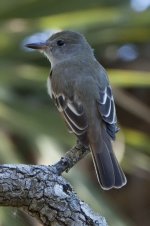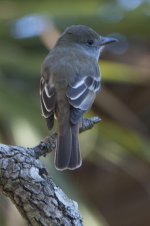raulqc
Well-known member
I can't figure out the id... I think is a common bird, and should know this one. This bird was photograph at Central Florida today.
I may need another guide or maybe I am really tired, my day started at 4:15AM drove close to 400 miles and walked several miles, I am ready for a nice hot shower and bed.
Thanks,
Raul
I may need another guide or maybe I am really tired, my day started at 4:15AM drove close to 400 miles and walked several miles, I am ready for a nice hot shower and bed.
Thanks,
Raul







